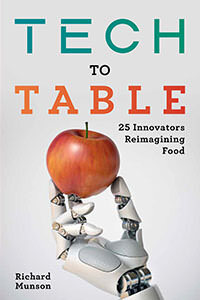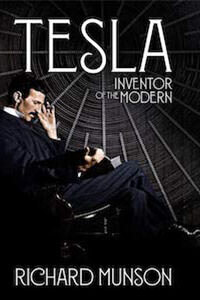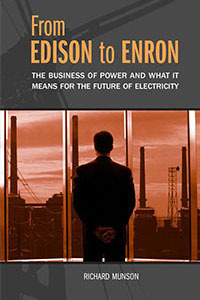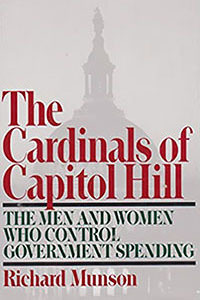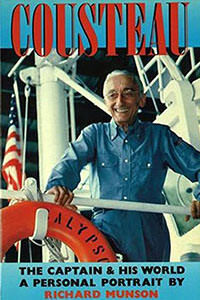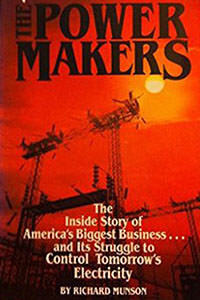Blocking Burbs and Climate Change
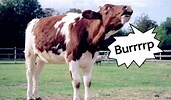
One of the most effective, and most overlooked, ways to tackle climate change is to block burps, specifically the methane-laden belches from cattle. Burping cows, by some estimates, release more greenhouse gases than leaking oil and gas wells, coal mines, festering bogs, or burning forests, perhaps as much as 51 percent of global greenhouse gas emissions.
A few numbers explain the enormous impact of such “enteric fermentation.” The world’s cattle number 1.4 billion, and each cow or steer burps a lot, about 2.5 metric tons each year, about half the amount released annually by the average American car. Methane, moreover, is potent; despite a shorter life span than carbon dioxide, it is more than 80 times more damaging in its first 20 years.
Efforts to cut such emissions have been growing, in part because more climate- and health-conscious eaters obtain more of their meaty proteins from plants and stem cells. Consumer moves toward alternative milks and vegetarianism also have an impact, although only about 5 percent of U.S. adults consider themselves to be vegetarians. Yet the biggest opportunity, which has received the least attention, resides in blocking cattle burps.
Ranchers for years tried numerous feed additives, including oregano and tea leaves, but methane reductions proved to be modest. Yet in the last half decade, innovators, including Joshua Goldman, have used science to devise fresh, and far more effective, belching blockers.
Goldman began work on aquaculture in his Hampshire College dorm room, located next to a solar greenhouse. After graduation, he co-founded companies whose aquaponic farms nurtured tilapia and barramundi, which became increasingly popular as sources of proteins and nutrients. Yet when he read a study by Australia’s scientific-research agency that found a ruminant’s greenhouse-gas emissions fell dramatically when 1 percent of its diet included red seaweed, Goldman began a new initiative he calls “Greener Grazing.” He and other researchers tested 20 different types of red seaweed and found that one species, Asparagopis taxiformis, slashed such emissions by up to 99 percent. Although skeptics doubt such a huge reduction, scientists at the University of California, Davis, demonstrated 80 – 90 percent emission reductions when small amounts of red seaweed were added to cattle feed. According to Goldman, “This unprecedented level of reduction is due to Asparagopsis’s unique and highly complex chemistry — involving over 100 naturally-occurring bioactive compounds which appear to work synergistically” and that interact with a vitamin B12 cofactor in the cow’s rumen.
The entrepreneur claims to be launching an “aquatic moonshot” that combats climate change by “transforming beef and dairy into sustainable industries.” Blocking methane burps from the world’s cattle would offer the equivalent of blocking emissions from every vehicle on the planet. Although such a goal seems massive, Goldman tries to suggest its simplicity by saying, “The cool thing is that farmers only need less than one percent of the seaweed in their livestock feed to significantly reduce a cow’s methane emissions. We’re not out there trying to replace grass or corn — we’re just sprinkling a little bit of salt and pepper on livestock feed to help the planet.”
Goldman, however, must convince feed processors and cattle owners to try belch-reducing additives. Since the meat industry is not vertically integrated, meaning large packers do not own the cattle, the entrepreneur’s marketing must be widespread. Yet Goldman maintains, “Integrating seaweed culture with ocean-based fish farming to improve the diets of ruminant animals may be one of the most effective systems to combat climate change.” He also maintains that asparagopsis can make ranching much more profitable since it reduces feed requirements, allows producers to sell carbon offsets, and develops a more environmentally benign product for which consumers and brands will pay a premium.
Goldman is not alone in his quest to make livestock less gassy. DSM, which began in 1902 as Dutch State Mines and now is a 21,000-employee diversified biotech giant, developed a feed additive that hampers the ruminant’s methane-producing enzyme. Marketed as Bovaer, scientists call the feed supplement 3‑nitrooxypropanal (or 3‑NOP). With just a quarter teaspoon per cow per day, DSM’s initial tests on dairy cows produced a 30-percent methane-emission reduction.
Mootral, a Swiss-British start-up, offers another belch-reducing enhancement. Its CEO and co-founder, Thomas Hafner, created a life sciences company that marketed over-the-counter garlic-based diet, antacid, and allergy supplements. He sold that business in 2014 for $150 million and decided to do for a cow’s digestive tract what he had done for people. A study by the University of Veterinary Medicine, Hanover (Germany) found Mootral achieved nearly complete inhibition of methane production; the additive also increases milk yields by 4 percent and does not impact the taste or texture of milk or meat. Mootral-using ranchers also benefit by selling voluntary carbon credits issued by Verra, the world’s largest certifier of carbon emission reductions. Seeing a multi-billion-dollar opportunity, several venture capitalists, including Chris Sacca, who helped finance Twitter and Uber, provided capital.
Methane reductions result from the feed supplement inhibiting the activity of archaea, a specific group of gas-producing microbes in the cattle’s rumen, without harming the bacteria that digest the fibrous food. Hafner compares cows ingesting the garlic and citrus extract to humans gulping Milk of Magnesia to neutralize a gaseous stomach.
Together, Mootral, DSM, and Australis demonstrate the enormous creativity and effort in the past few years to reduce methane emissions from animal agriculture. Seeking simple solutions to a massive problem, these quite different companies reflect the rapid transition from university research to market-based investments. Speaking about the benefits of feeding methane-reducing supplements to cattle, Josh Goldman concludes, “You don’t have to rebuild 10,000 power plants in the world [to combat climate change.] You basically create a modest feed additive that has a big leverage effect.”
Richard Munson is the author of Tech to Table: 25 Innovators Reimagining Food and several other books, including Tesla: Inventor of the Modern. He also has written a biography of Jacques Cousteau, a history of electricity, and a behind-the-scenes look at how congressional appropriators spend taxpayer money. Now based in Chicago, Munson has worked on environmental and clean-energy issues at non-profits, within universities, in the private sector, and on Capitol Hill.

